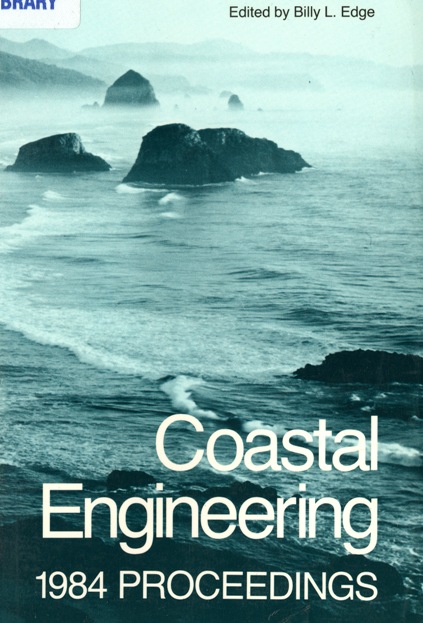Abstract
Although many field experiments have shown that surf beat motion, with periods longer than incident wave periods, becomes the dominant feature of the nearshore velocity field as the shoreline is approached, the nature of this motion is still not fully understood. This paper describes a field experiment on a sheltered beach which was designed to distinguish between long wave motion directly forced by the incident wave envelope (as suggested by Longuet-Higgins and Stewart, 1962), and wave motion which is only weakly coupled to the local incident waves and therefore essentially free. The results for on/offshore flows show that low frequency surf beat (frequency less than 0.03 Hz) is strongly correlated with the wave envelope, suggesting the dominance of forced wave motion at these frequencies. In a higher frequency band, between 0.06 and 0.095 Hz, the correlation is generally much lower, suggesting that free wave motion, possibly subharmonic edge waves, is significant in this band. The longshore flows are much more weakly correlated to the envelope of either the longshore or on/offshore components of the orbital velocity. This is consistent with previous observations that edge wave motion dominates the longshore surf beat motion.
Authors retain copyright and grant the Proceedings right of first publication with the work simultaneously licensed under a Creative Commons Attribution License that allows others to share the work with an acknowledgement of the work's authorship and initial publication in this Proceedings.

